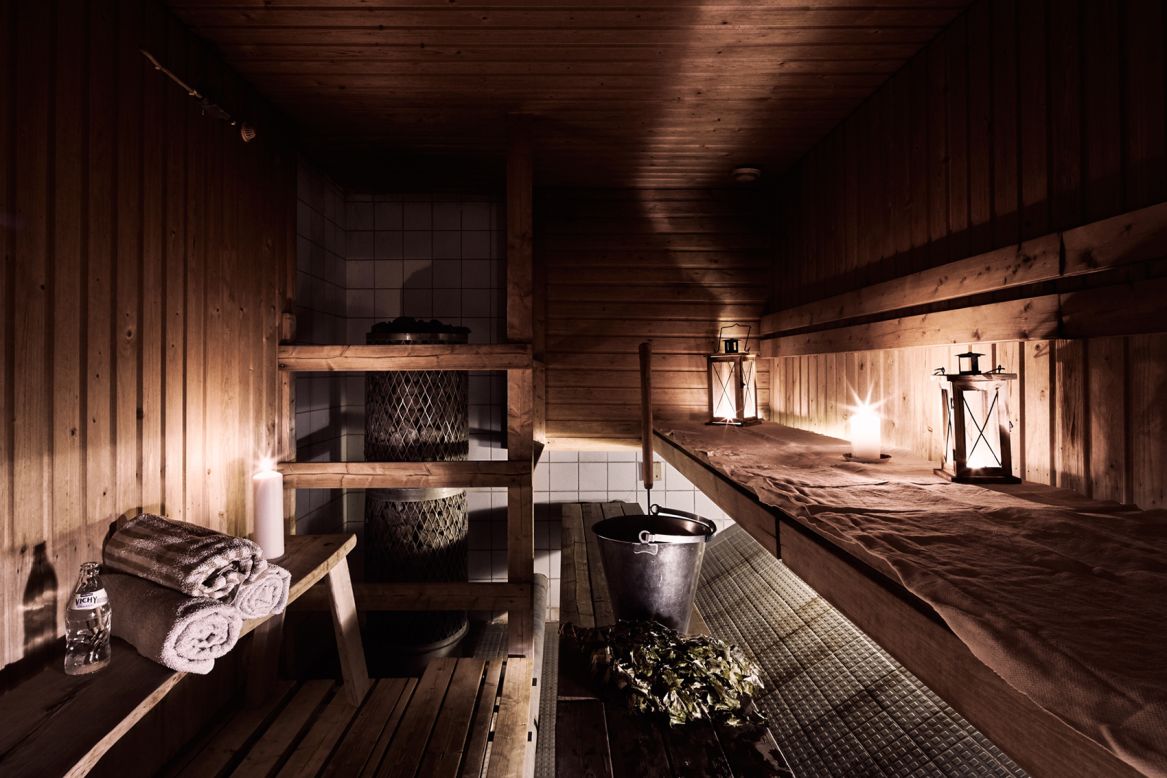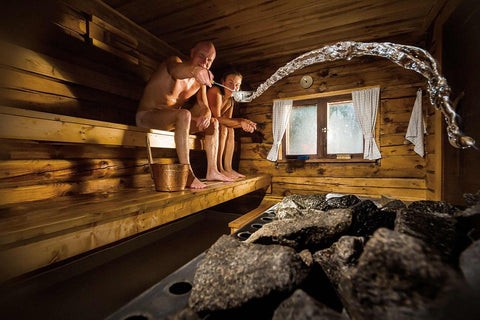Facts About Traditional Sauna Revealed
How Traditional Sauna can Save You Time, Stress, and Money.
Table of ContentsExamine This Report about Traditional SaunaThe Best Strategy To Use For Traditional SaunaThe Ultimate Guide To Traditional SaunaTraditional Sauna Fundamentals ExplainedTop Guidelines Of Traditional Sauna
Energy cost savings is one thing to consider for individuals who intend on using their sauna often. For a standard sauna, bathers normally require to wait for 30-40 mins for the area to pre-heat before going into. Infrared saunas, on the other hand, generally reach their ideal temperature level in around 15 mins.That means that in an infrared sauna, bathers can begin enjoying their sauna instantly. One distinction in between the 2 types of sauna that is frequently overlooked is the social experience.
Think about exactly how several individuals will certainly be making use of the sauna before making your choice. Adding a sauna to your home can be among the most exciting and satisfying choices you'll ever make. Normal sauna use will improve your blood circulation, preserve much healthier skin, assistance kidney feature, reduce blood stress, boost mind function, and much extra
Try a sauna today and find some of the remarkable benefits for yourself!.
Our Traditional Sauna PDFs
Infrared and traditional dry saunas are both popular choices for those seeking relaxation and therapeutic benefits. There are some vital distinctions in between the 2 types of saunas that ought to be thought about before making an option. Conventional dry saunas make use of warmed rocks to generate steam, while infrared saunas use infrared heating units to directly heat up the body
Variables such as warm tolerance, preferred degree of detoxing, and overall health and wellness ought to be considered when deciding which kind of sauna to make use of. Infrared saunas are a kind of sauna that use infrared light to heat up the body straight, rather than warming the air around the body like standard saunas.
The temperature in an infrared sauna is commonly reduced than in a conventional sauna, with temperatures varying from 120F to 150F. Infrared saunas supply a variety of advantages that make them an eye-catching option for those wanting to improve their health and wellness and wellbeing. A few of the advantages of infrared saunas consist of: Infrared saunas utilize reduced temperature levels than standard saunas, which can make them a lot more comfy for those that discover high temperatures challenging to tolerate.

This can aid to advertise relaxation, reduce muscular tissue tension, and eliminate discomfort. Some professionals recommend that infrared saunas might use advantages for calming a sore throat. Infrared saunas have actually been revealed to aid the body get rid of toxins through sweating. Sweating can also assist to improve skin health by getting rid of contaminations and dead skin cells.
Getting The Traditional Sauna To Work

With their lower temperature levels, deep infiltration, and range of wellness advantages, infrared saunas are an excellent way to kick back, take a break, and enhance your total wellness. Standard completely dry saunas have been around go to my site for centuries and are still preferred today. They are normally heated with wood, gas, or electrical power and have reduced moisture levels.
There are a number of benefits to using a traditional completely dry sauna. Here are a few: Leisure: The heat and reduced moisture in typical completely dry saunas can aid unwind the muscles and lower anxiety levels. Detoxification: Sweating in a sauna can aid eliminate contaminants from the body, which can boost total wellness.
An Unbiased View of Traditional Sauna
When it comes to saunas, there are 2 major kinds of home heating methods: standard and infrared. Conventional saunas use heated air to heat the body, while infrared saunas utilize infrared radiation to permeate the skin and heat the body from within. One of the main distinctions between get redirected here the 2 methods is the sort of warmth they create.
Conventional saunas heat up the air, which then warms the body with convection. Infrared saunas, on the various other hand, heat the body directly via radiation.
In regards to energy performance, infrared saunas are typically much more effective than standard saunas since they call for less power to run. They additionally warm up much more swiftly, so they can be used for shorter sessions. When it concerns the impacts on the body, both sorts of saunas have actually been revealed to have advantages.

See This Report about Traditional Sauna
Both kinds of saunas offer special advantages and disadvantages that must be thought about before making a choice. The selection between an infrared sauna and a standard dry sauna mainly relies on individual choice and the wanted benefits. Those that prefer an even more comfy, lower temperature level setting may prefer an infrared sauna, while those that are seeking intense warmth and a traditional sauna experience might choose a standard dry sauna.
